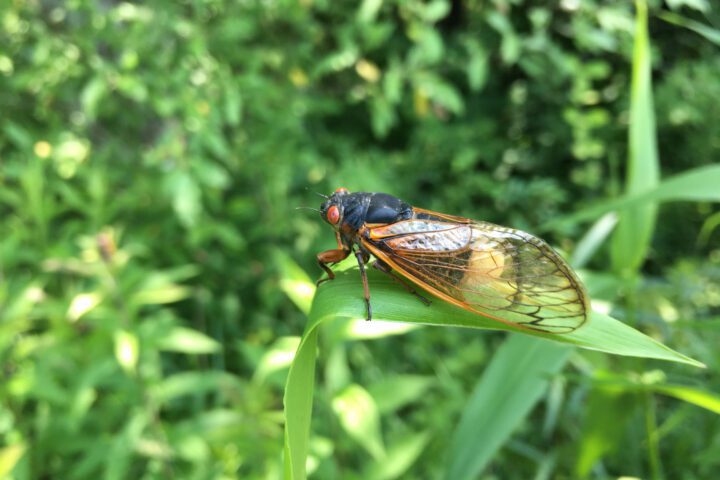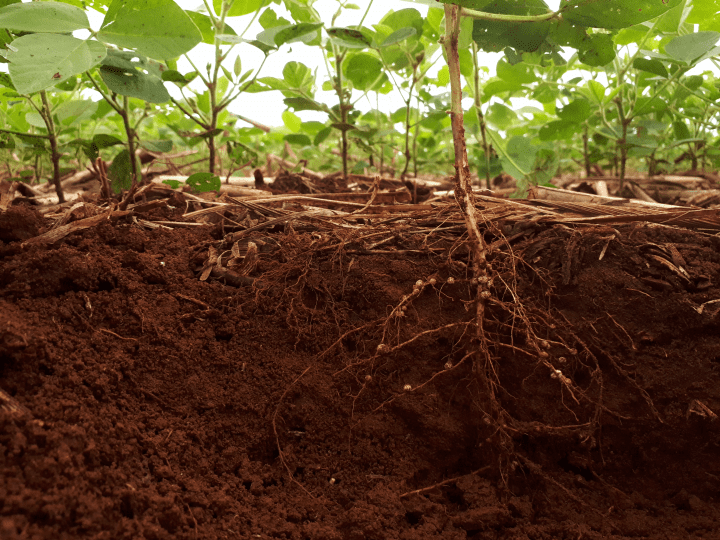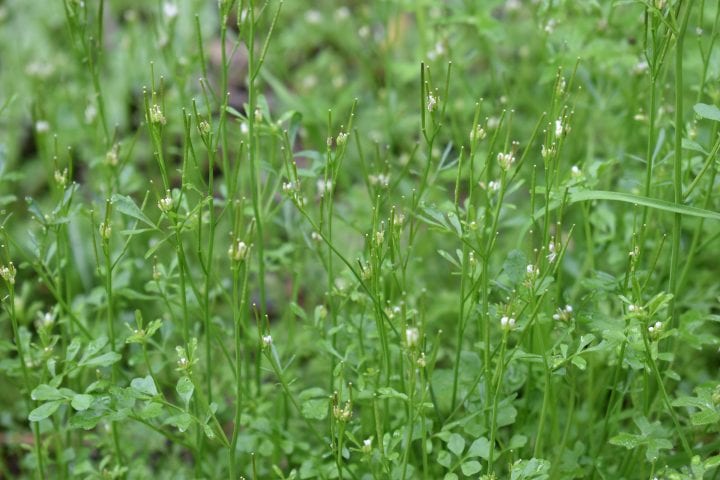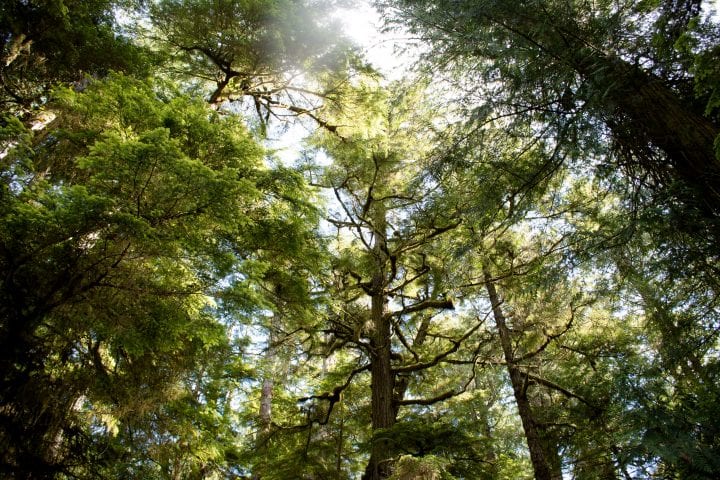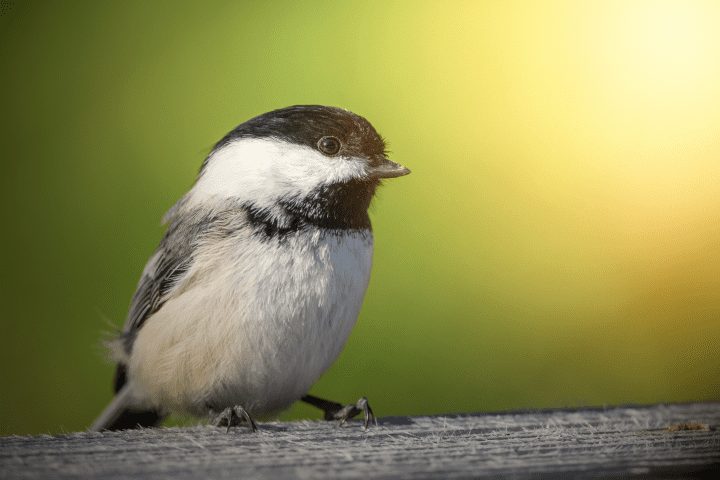The Caesaria tree helps maintain diversity and prevent extinctions in its forest ecosystem because it produces fruit to sustain several animal species through times of scarcity.
“In the tropics, keystone plants are often those that provide fruit for important seed-dispersing animals. The relationship between fruiting trees and fruit-eating animals is called a mutualism because both parties benefit. Animals need the nourishment in the nutrient-packed pulp and seeds, and the plant needs to have its seeds carried to new sites, perhaps gaps in vegetation where seedlings stand a better chance of surviving…This service is valuable enough that 50 to 90 percent of the canopy trees and almost all shrubs and smaller trees in the tropical forests of Central and South America bear fruits that are fleshy, brightly colored, or otherwise attract animals. The brilliant red-coated fruits of the tree Casearia corymbosa provide an example of this type of keystone mutualism. During a critical period each December when fruit is otherwise scarce in the forest, these fruits sustain twenty-two species of birds, including cotingas, toucans, parrots, and robin-sized tityras. If Casearia trees were to disappear from the La Selva biological preserve in eastern Costa Rica, Henry Howe of the University of Iowa predicts the loss would lead to the disappearance not only of masked tityras–the only birds that reliably spread the Casearia‘s seeds far and wide–but also of toucans. The toucans need Casearia to sustain them through December’s scarcity, but by January they move on to other preferred fruits, ranging widely and scattering the seeds of a number of plants, including nutmegs. Thus the loss of Casearia, especially from a patch of forest isolated amid a landscape of agricultural fields and grasslands, could precipitate a slow-moving wave of extinctions among an array of forest species.” (Baskin 1997:48)



